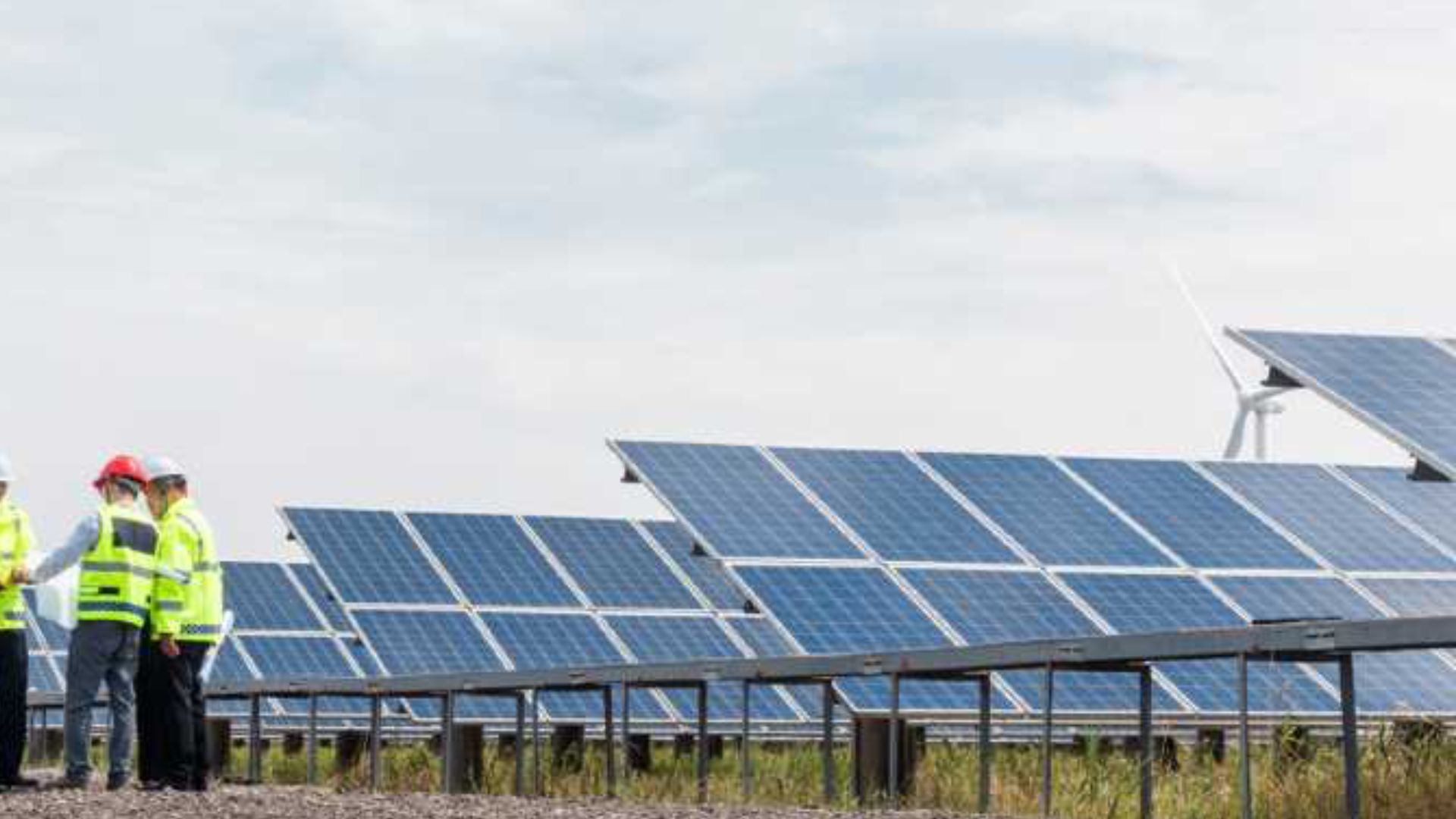Malaysia's Energy Sector: Meeting Growing Demand and Embracing Transformation
- Indonesia | 8 March 2017

With Malaysia’s robust GDP growth averaging 6% in recent years, the demand for energy has surged in parallel, necessitating plans for not only increased energy supply but also the transformation of the country’s energy generation and distribution methods. Tenaga Nasional Berhad (TNB), the state power company, has long been a cornerstone of Malaysia’s energy sector, playing a crucial role in its journey towards becoming a developed nation. In addition to TNB, Malaysia boasts several independent power producers (IPPs) that receive support from TNB in terms of maintenance and operations. TNB holds substantial assets valued at almost MYR133 billion, with a revenue growth rate of nearly 3%. Its capital expenditures in 2016 amounted to MYR1.4 billion for power stations and system improvements. Employing 35,000 people, TNB provides electricity to around 9.2 million customers, representing approximately one-third of Malaysia’s population.
According to TNB, domestic energy demand is projected to increase by 3% annually until 2030, following a significant doubling of demand over a five-year period. This surge has prompted the Malaysian government to place greater emphasis on renewable and green energy sources. However, time is of the essence for Malaysia to diversify its energy sources as the country has just over 30 years’ worth of natural gas reserves and less than 20 years of oil reserves remaining.
TNB plays a vital role in energy generation, with the country’s generating capacity increasing by at least 3% per year to meet rising demand. Between 2000 and 2009, Malaysia experienced a 20% increase in generating capacity. TNB’s energy generation portfolio includes thermal generation facilities and major hydropower generation plants primarily located in Peninsular Malaysia. As per TNB’s 2016 annual report, the company’s total generating capacity exceeds 12,000 MW, with an equivalent availability factor (EAF) of 89.3% and an equivalent unplanned outage factor (EUOF) of 3.74%. Over 90% of Malaysia’s power is generated from oil, natural gas, and coal. TNB’s generation fuel mix comprises approximately 45.2% from gas, 50.8% from coal, 3.5% from hydropower, and less than half a percent from other sources. The company’s transmission infrastructure allows for a maximum capacity of 17,788 MW and operates a transmission network spanning approximately 22,478 km, encompassing 426 transmission substations and 1,218 transformer units.
TNB is responsible for the transmission of electricity to customers linked to both the large industrial grid and other sectors. The system boasts a transmission time of approximately 1.47 minutes, consistently remaining below the two-minute threshold since 2009, with a system availability rate of 99.77%. TNB’s transmission system demonstrates reliability, maintaining a low transmission loss of 1.28% and zero tripping with load loss for its 500KV and 275KV system.
According to the Malaysia Energy Information Hub (MEIH), the country’s energy demand in 2014 exceeded 52,000ktoe, with the transport sector accounting for the highest demand at 24,327ktoe, followed by the industrial sector at 13,162ktoe, and the residential and commercial sector at 7,458ktoe. Actual consumption levels varied significantly, with final electricity consumption in 2014 reaching 11,042ktoe. Within the electricity sector, the industrial sector accounted for 5,072ktoe, the commercial sector consumed 3,566ktoe, and the residential sector utilized 2,346ktoe.
Malaysia possessed approximately 5.8 billion barrels of oil as of 2014, with half of the reserves located in Peninsular Malaysia. This positions Malaysia as the 27th country in terms of international proven oil reserves. However, oil production has gradually declined since its peak in 2003, reaching just over 220 million barrels in 2014. Malaysia’s oil imports have been steadily increasing, while exports have been on the decline since 1992, aside from a brief increase in 2010.
Coal plays a significant role in Malaysia’s energy sector, with production reaching approximately 1,694ktoe in 2014. Malaysia possesses 1.9 billion tons of indicated coal reserves, with the majority located in the state of Sarawak. Coal consumption has remained relatively stable since 2009, hovering around 1,700ktoe.
Malaysia lays claim to about 64.7 trillion standard cubic feet (tscf) of natural gas reserves, ranking 15th in the world. Production has gradually increased since 1980, peaking in 2010 at 71.5ktoe. Malaysia imports more gas than it exports, with imports reaching their peak in 2010 at 7,013ktoe. However, both imports and exports have declined since then.
Malaysia possesses around 10 hydropower stations, primarily located in Peninsular Malaysia, along with one in Sarawak. Additionally, the country has five hydroelectric dams. These hydro-based power generators form a crucial foundation for meeting future energy demands and driving the country’s renewable energy sector. One noteworthy project is the Hulul Hydroelectric Project, which began operating in 2016 and is capable of generating 250 MW of power. Another significant achievement is the Bakun Dam, completed in 2011, which can generate 2,400 MW of power and is one of the largest dams in Asia outside of China.
As Malaysia’s economy continues to flourish, the demand for energy is on the rise. The government, through TNB and other energy stakeholders, is actively pursuing strategies to meet this demand while diversifying the energy mix and emphasizing renewable sources. With careful planning and continued investment in energy infrastructure and resources, Malaysia aims to secure a sustainable and reliable energy future while maintaining its position as a developed nation.








